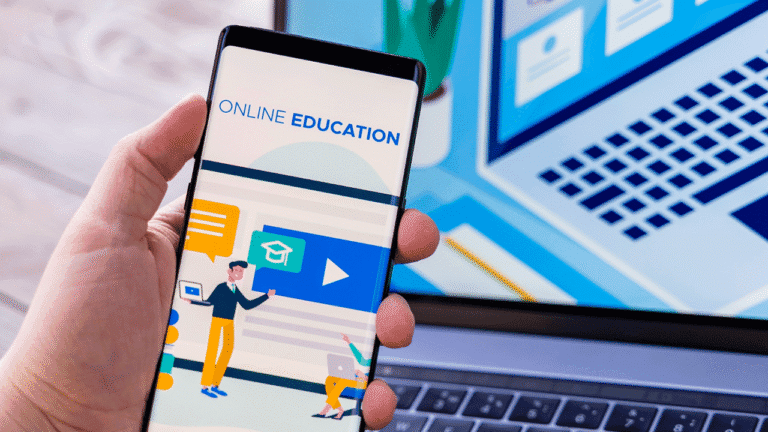 The increase in usage of devices such as tablets, smartphones makes it challenging to fulfill growing needs for smart digital content. Training, research reports, magazines, books, and financial data and marketing content contain the information. It needs to be delivered via print or simpler digital files. They must now be created, edited, enriched, and packaged for new devices.
The increase in usage of devices such as tablets, smartphones makes it challenging to fulfill growing needs for smart digital content. Training, research reports, magazines, books, and financial data and marketing content contain the information. It needs to be delivered via print or simpler digital files. They must now be created, edited, enriched, and packaged for new devices.
In today’s technology-savvy business environment, it is virtually impossible to gain a competitive advantage. Especially, without a strong digital content development strategy. Irrespective of the industry you’re in, getting in front of target audiences now means, first and foremost, getting online. But there are many factors to take into consideration. They are mainly related to developing, creating and distributing content.
While creating digital content, one of the most common questions business leaders have to deal with its length. It’s no news that, in general, the attention span of humans is shrinking. This is why eLearning courses have been dominated by microlearning modules. Media outlets deliver bite-sized headlines that can be summed up in 40 characters or less. The best example nowadays is Inshorts which delivers news in 60 words for a particular news item.
Important questions to answered
Before setting up the digital content development plan, an instructional design team is assigned who looks after the content management system. They develop training content or content marketing team who develop promotional content must answer the questions below:
-
- Who is the target audience for the content they are about to create?
-
- What are the issues they are trying to resolve?
- How is this content going to help them do that?
Narrowing out one’s answers is going to help a lot to create digital content. It also helps to implement development strategies according to the target audience. The outcomes of doing this would be beneficial for target audience. It helps them solve their exact purpose make the content apt. The best option is to at least have available to you a blend of content delivery options and formats. Incorporating a wide range of multimedia and tools allows you to manifest digital content materials. They are generally based on the audience and the specific needs.
Digital Content Tailoring for Corporate Training
For example, if we consider the corporate training scenario the content that has to be tailored. It couldn’t be so short as an entire course has to be designed. So the course contains modules with a significant number of interactive eLearning videos. It is used to engage the end-user. An entire course means it will consist a significant amount of subject matter.Although these lengthy web-based courses are nowadays being replaced by nugget-based learning suitable for smaller screens. So as to ensure that the training and assessment is possible on the move.There is also the question of content format. It all boils down to what will make for the most enriching end-user experience. Compliance standards complement the content types supporting them to run on multiple different devices and most importantly different learning management solutions (LMS).
Conclusion:
As far as content development is concerned, it is a must to devise a plan, strategize the plan and execute it to satisfy the needs of end-user. In order to make sure the above three things happen it is mandatory to answer the questions of who is the target audience, whether their purpose is being solved, detailing about how is the purpose being solved.


